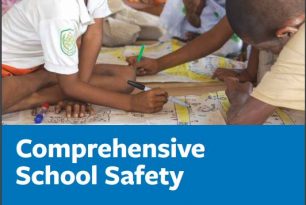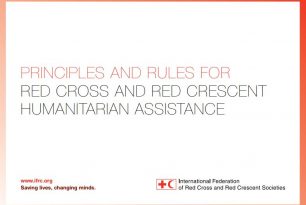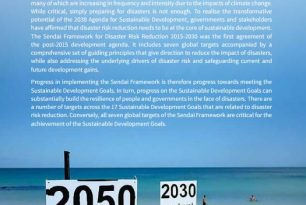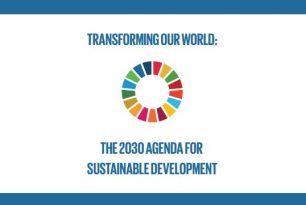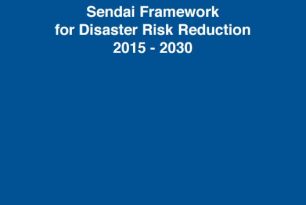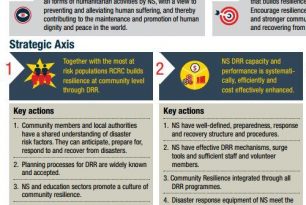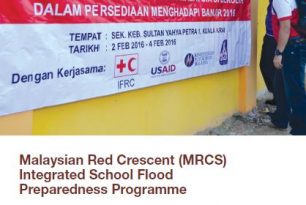
Preparing for Disasters with Mr. Radar is a video animation produced in English and Thai language in order to promote learning among children in Thailand on immediate and long-term climate risks.
Through this animation, children as part of community are informed to act in preparation for future disasters, and their knowledge will have long-term relevance to contribute to the safety and well-being of their communities. In a wider scale, the animation could help empower the community to take disaster risk reduction, preparedness and resilience actions.
![]()


![Our World, Your Move! Adaptasi Perubahan Iklim untuk Palang Merah Remaja – Manual [Indonesian] Our World, Your Move! Adaptasi Perubahan Iklim untuk Palang Merah Remaja – Manual [Indonesian]](https://www.rcrc-resilience-southeastasia.org/wp-content/uploads/2016/10/Climate-Change-Adaptation_Our-World-Your-Move-PMI-INDO-306x205.jpg)
